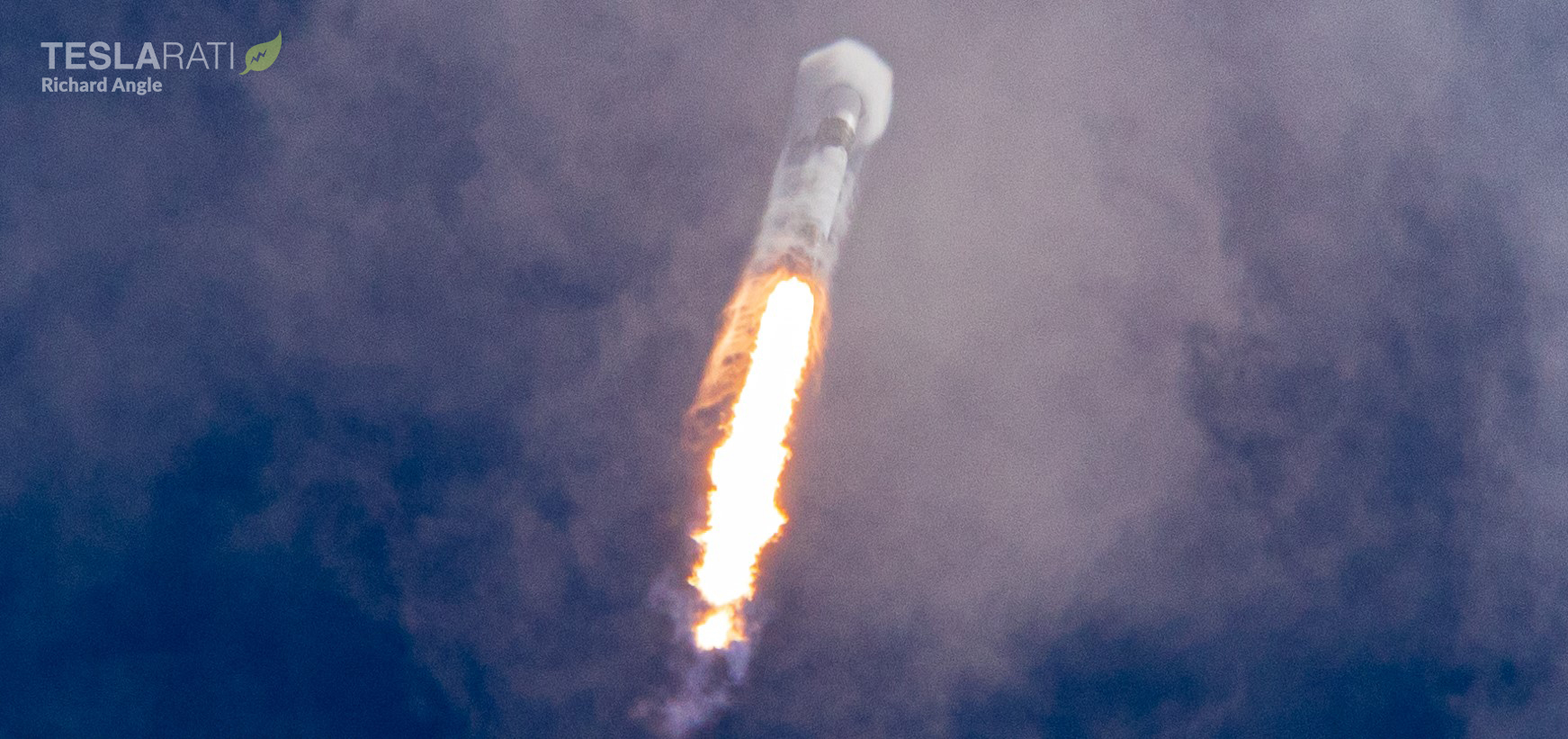
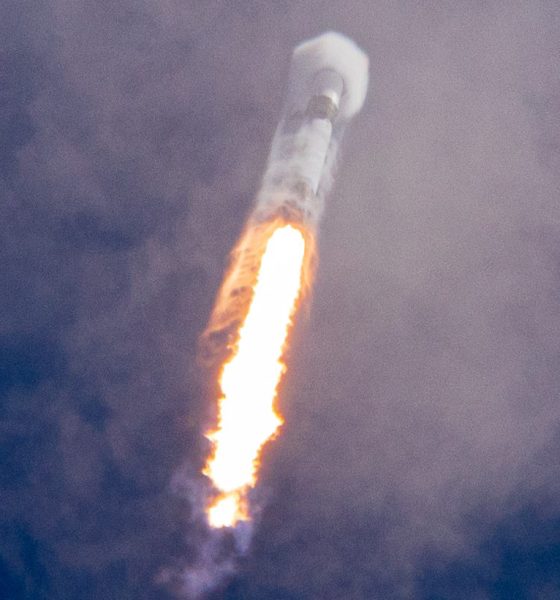
News
SpaceX Falcon 9 doubleheader still on track after fiery ULA launch abort
As previously reported by Teslarati, SpaceX announced intentions to launch two Falcon 9 missions from two Florida launchpads on Sunday, August 30th. However, the ambitious goal was left in limbo.
The record-breaking doubleheader was believed to hinge upon the Saturday morning launch of a United Launch Alliance (ULA) Delta IV Heavy rocket with a classified spy satellite. However, that is apparently no longer the case.
Instead of launching on time, ULA’s infrequently-flown heavy-lift rocket was hit by 72 hours of delays to rectify minor pad hardware bugs. Around 2 am EDT (UTC-4) on August 29th, Delta IV Heavy made it just seconds away from liftoff before the rocket’s autonomous flight computer detected an anomaly with pad hardware and aborted the launch. As a result, the three cores’ three Aerojet Rocketdyne RS-68A engines were forced to shut down after ignition – an uncommon Delta IV launch abort scenario that has historically required at least a week of work to recycle for another launch attempt.
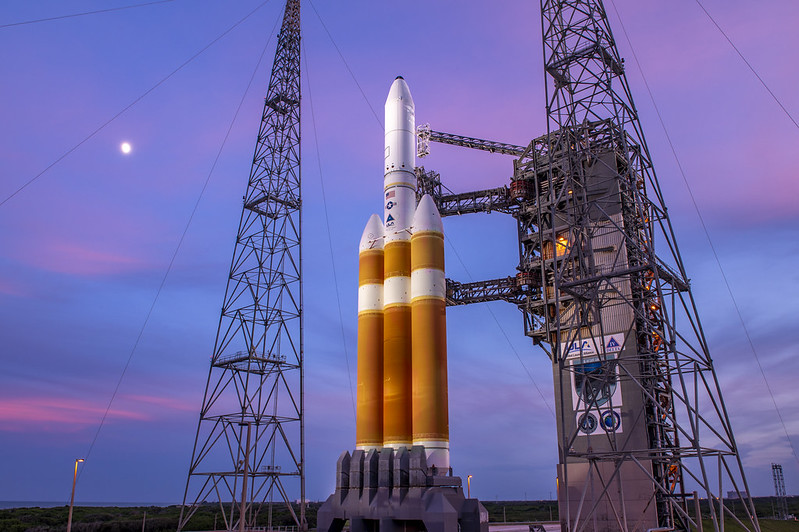
ULA ultimately determined that it was not possible to recycle the countdown for another attempt although enough time remained in the launch window to do so. The launch vehicle was safed and a scrub was announced.
In a statement provided by ULA confirmed that the early shutdown was “due to an unexpected condition during the terminal count at approximately three seconds before liftoff.” ULA also confirmed that “the required recycle time prior to the next launch attempt is seven days minimum.”
ULA has to fly before SpaceX, right?
With a minimum of seven days required to recycle the ULA Delta IV Heavy for another launch attempt, it was unclear what that meant for the fate of the SpaceX SAOCOM-1B mission.
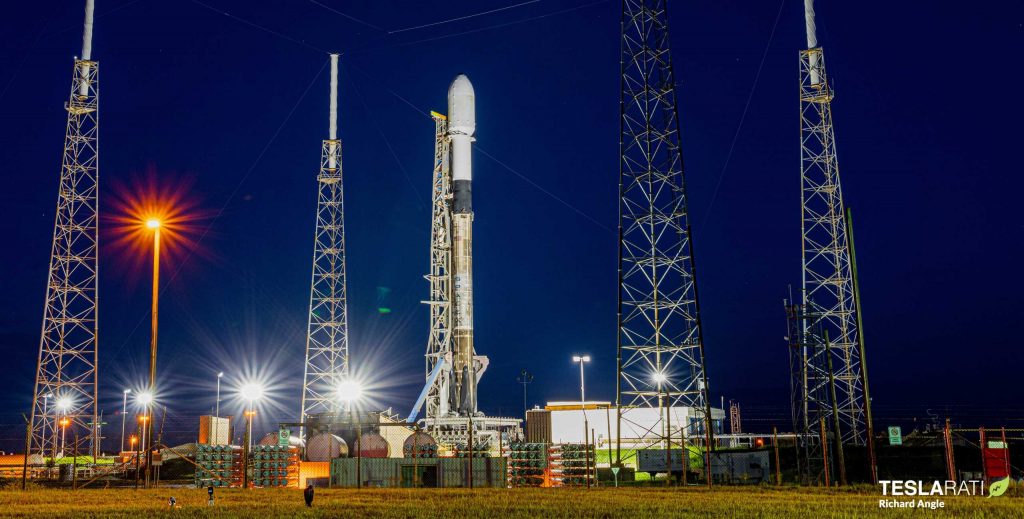
It was previously understood that in order for SpaceX to launch the SAOCOM-1B mission from nearby Space Launch Complex-40 (SLC-40), the ULA Delta IV Heavy would have to successfully launch first. The southern polar launch trajectory of the SAOCOM-1B’s mission is one that hasn’t been flown from Cape Canaveral, FL in nearly six decades. This particular flightpath includes launch hazard zones that inch ever so close to the launchpad of the Delta IV Heavy, which is currently still on its launchpad stacked with a classified payload for the U.S. government.
It was assumed that the Falcon 9 would suffer the same minimum delay of seven days, if not longer. However, on Saturday afternoon, August 29 a SpaceX media representative confirmed that the company was still targeting the historic double header launches on Sunday, August 30.
Double the launches, double the recoveries
If SpaceX can pull it off, Sunday is set to be a stellar day for Falcon 9 launches and landings. The SAOCOM-1B mission will feature a Return To Launch Site (RTLS) landing attempt of the expended Falcon 9 booster while the Starlink Falcon 9 booster is expected to land aboard the autonomous droneship “Of Course I Still Love You” currently stationed off the coast of South Carolina.
In an unusual move, SpaceX split up the fairing catching vessels. Initially, both vessels left Port Canaveral and headed south to a catch zone located between The Bahamas and Cuba in an attempt to catch both fairing halves of the SAOCOM-1B mission. Then, GO Ms.Tree did an about-turn and met up with the booster recovery vessels off the coast of South Carolina.
At the time of publishing, the two Sunday Falcon 9 launches are expected to occur just nine hours apart. The Starlink V1.0-L11 mission is slated to occur at 10:12am ET (1412 UTC) from Launch Complex 39-A at Kennedy Space Center while the SAOCOM-1B mission is set to launch at 7:18pm ET (2318 UTC) from SLC-40 at Cape Canaveral Air Force Station. As usual, SpaceX will host official launch webcasts live, typically beginning around 15 minutes before liftoff.
Check out Teslarati’s newsletters for prompt updates, on-the-ground perspectives, and unique glimpses of SpaceX’s rocket launch and recovery processes.

News
Tesla Model Y demand in China is through the roof, new delivery dates show
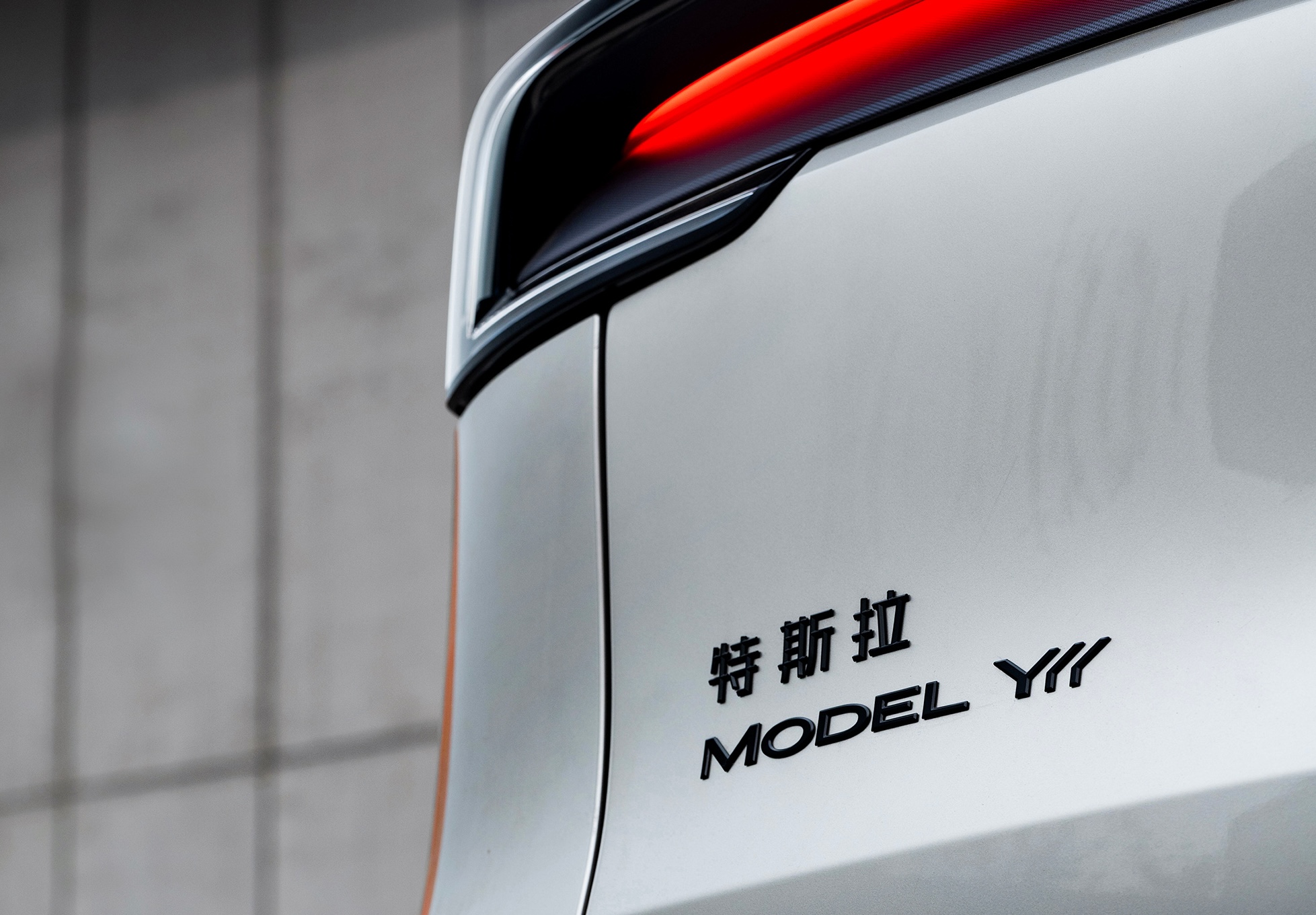
Tesla Model Y demand in China is through the roof, and new delivery dates show the company has already sold out its allocation of the all-electric crossover for 2025.
The Model Y has been the most popular vehicle in the world in both of the last two years, outpacing incredibly popular vehicles like the Toyota RAV 4. In China, the EV market is substantially more saturated, with more competitors than in any other market.
However, Tesla has been kind to the Chinese market, as it has launched trim levels for the Model Y in the country that are not available anywhere else. Demand has been strong for the Model Y in China; it ranks in the top 5 of all EVs in the country, trailing the BYD Seagull, Wuling Hongguang Mini EV, and the Geely Galaxy Xingyuan.
The other three models ahead of the Model Y are priced substantially lower.
Tesla is still dealing with strong demand for the Model Y, and the company is now pushing delivery dates to early 2026, meaning the vehicle is sold out for the year:
NEWS: New orders for all four Tesla Model Y trims in China are now officially sold out for 2025, as the factory’s remaining production capacity for the year has been fully allocated.
Estimated delivery dates for new orders now show January-February 2026. pic.twitter.com/Dfnu7yY58N
— Sawyer Merritt (@SawyerMerritt) December 1, 2025
Tesla experienced a 9.9 percent year-over-year rise in its China-made EV sales for November, meaning there is some serious potential for the automaker moving into next year despite increased competition.
There have been a lot of questions surrounding how Tesla would perform globally with more competition, but it seems to have a good grasp of various markets because of its vehicles, its charging infrastructure, and its Full Self-Driving (FSD) suite, which has been expanding to more countries as of late.
Tesla Model Y is still China’s best-selling premium EV through October
Tesla holds a dominating lead in the United States with EV registrations, and performs incredibly well in several European countries.
With demand in China looking strong, it will be interesting to see how the company ends the year in terms of global deliveries.
News
Tesla Europe rolls out FSD ride-alongs in the Netherlands’ holiday campaign
The festive event series comes amid Tesla’s ongoing push for regulatory approval of FSD across Europe.
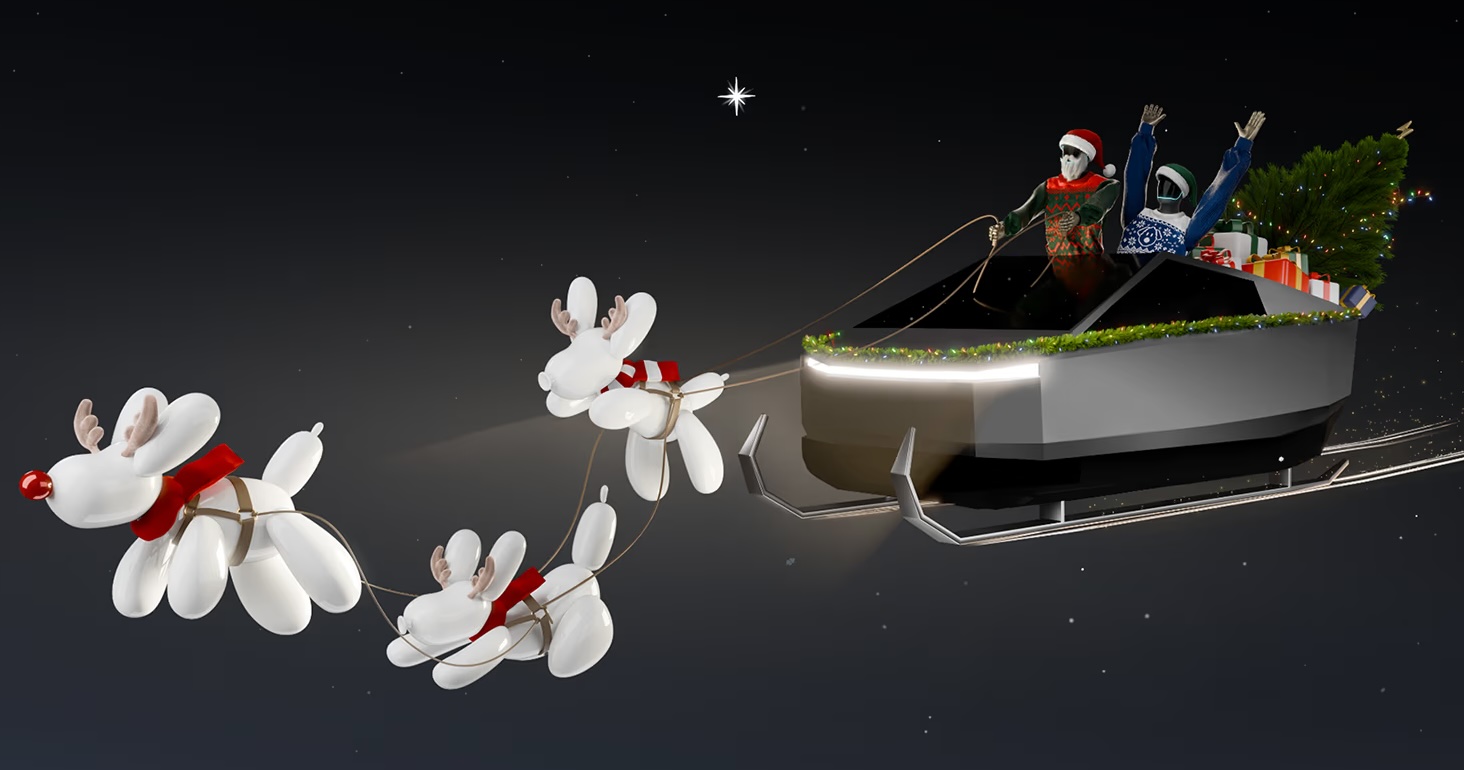
Tesla Europe has announced that its “Future Holidays” campaign will feature Full Self-Driving (Supervised) ride-along experiences in the Netherlands.
The festive event series comes amid Tesla’s ongoing push for regulatory approval of FSD across Europe.
The Holiday program was announced by Tesla Europe & Middle East in a post on X. “Come get in the spirit with us. Featuring Caraoke, FSD Supervised ride-along experiences, holiday light shows with our S3XY lineup & more,” the company wrote in its post on X.
Per the program’s official website, fun activities will include Caraoke sessions and light shows with the S3XY vehicle lineup. It appears that Optimus will also be making an appearance at the events. Tesla even noted that the humanoid robot will be in “full party spirit,” so things might indeed be quite fun.
“This season, we’re introducing you to the fun of the future. Register for our holiday events to meet our robots, see if you can spot the Bot to win prizes, and check out our selection of exclusive merchandise and limited-edition gifts. Discover Tesla activities near you and discover what makes the future so festive,” Tesla wrote on its official website.
This announcement aligns with Tesla’s accelerating FSD efforts in Europe, where supervised ride-alongs could help demonstrate the tech to regulators and customers. The Netherlands, with its urban traffic and progressive EV policies, could serve as an ideal and valuable testing ground for FSD.
Tesla is currently hard at work pushing for the rollout of FSD to several European countries. Tesla has received approval to operate 19 FSD test vehicles on Spain’s roads, though this number could increase as the program develops. As per the Dirección General de Tráfico (DGT), Tesla would be able to operate its FSD fleet on any national route across Spain. Recent job openings also hint at Tesla starting FSD tests in Austria. Apart from this, the company is also holding FSD demonstrations in Germany, France, and Italy.
News
Tesla sees sharp November rebound in China as Model Y demand surges
New data from the China Passenger Car Association (CPCA) shows a 9.95% year-on-year increase and a 40.98% jump month-over-month.
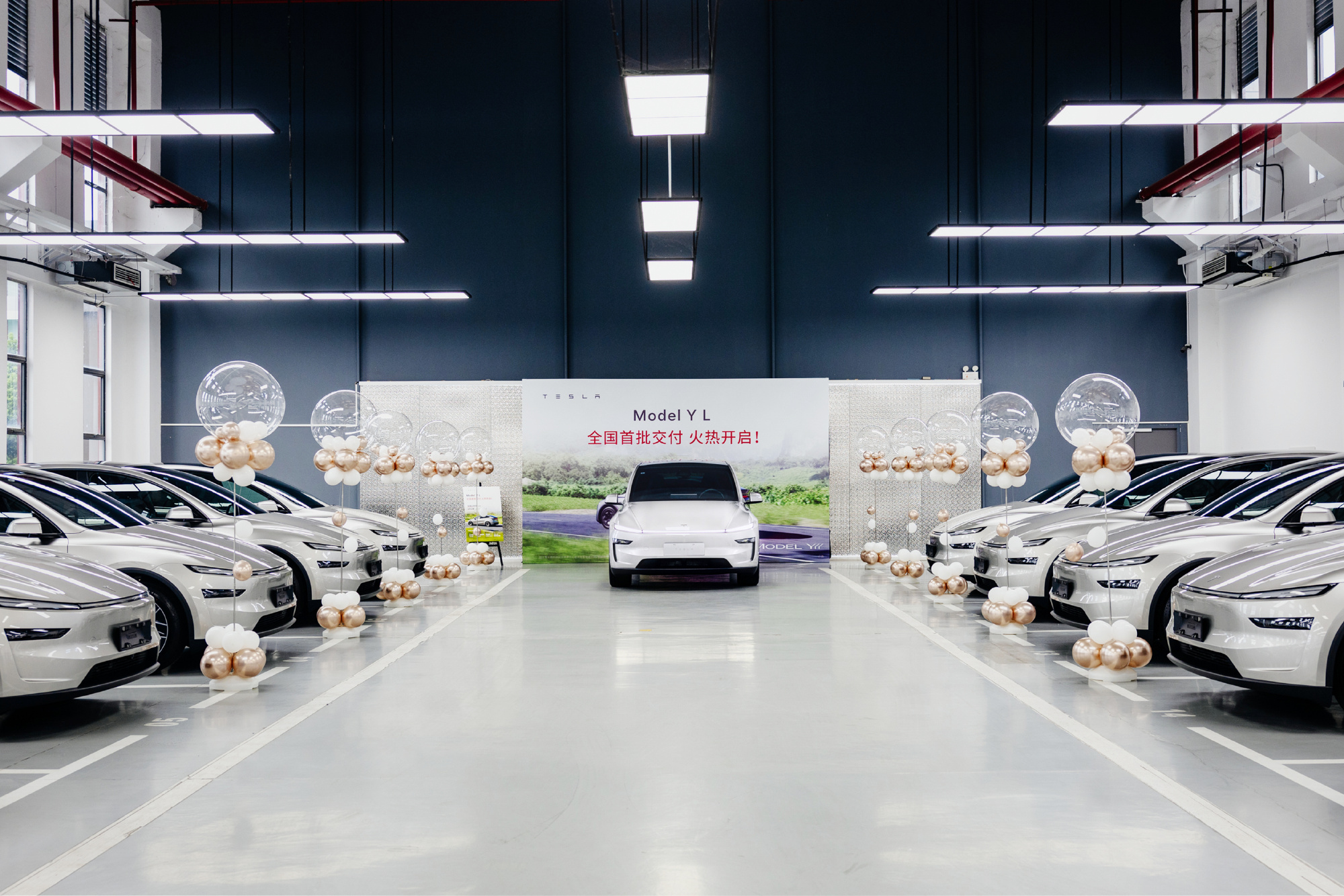
Tesla’s sales momentum in China strengthened in November, with wholesale volumes rising to 86,700 units, reversing a slowdown seen in October.
New data from the China Passenger Car Association (CPCA) shows a 9.95% year-on-year increase and a 40.98% jump month-over-month. This was partly driven by tightened delivery windows, targeted marketing, and buyers moving to secure vehicles before changes to national purchase tax incentives take effect.
Tesla’s November rebound coincided with a noticeable spike in Model Y interest across China. Delivery wait times extended multiple times over the month, jumping from an initial 2–5 weeks to estimated handovers in January and February 2026 for most five-seat variants. Only the six-seat Model Y L kept its 4–8 week estimated delivery timeframe.
The company amplified these delivery updates across its Chinese social media channels, urging buyers to lock in orders early to secure 2025 delivery slots and preserve eligibility for current purchase tax incentives, as noted in a CNEV Post report. Tesla also highlighted that new inventory-built Model Y units were available for customers seeking guaranteed handovers before December 31.
This combination of urgency marketing and genuine supply-demand pressure seemed to have helped boost November’s volumes, stabilizing what had been a year marked by several months of year-over-year declines.
For the January–November period, Tesla China recorded 754,561 wholesale units, an 8.30% decline compared to the same period last year. The company’s Shanghai Gigafactory continues to operate as both a domestic production base and a major global export hub, building the Model 3 and Model Y for markets across Asia, Europe, and the Middle East, among other territories.









